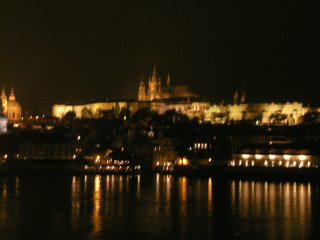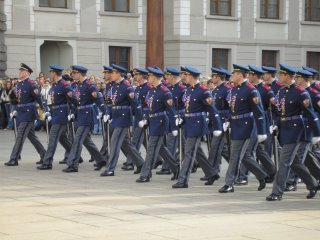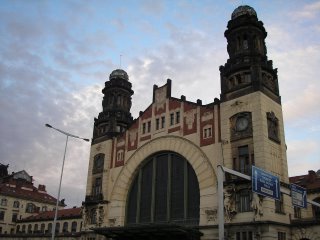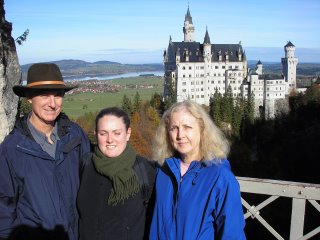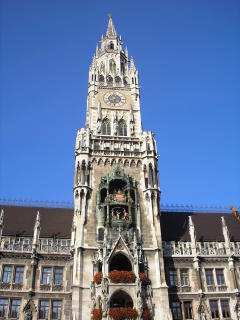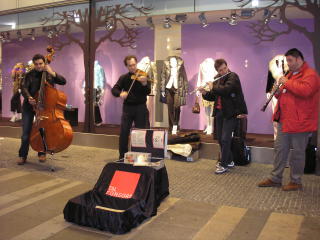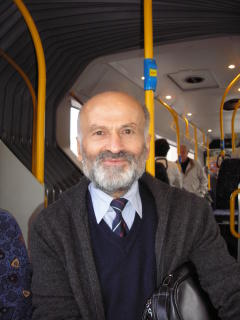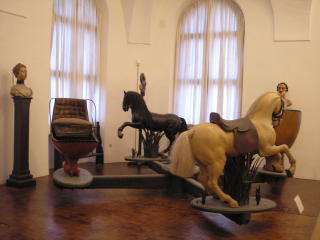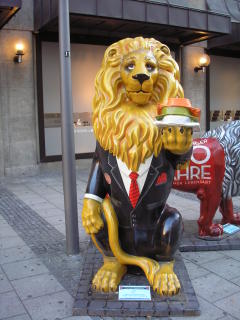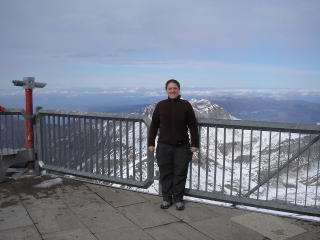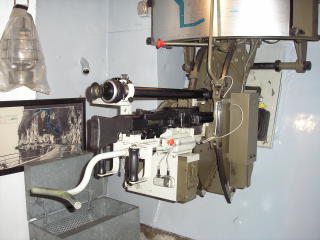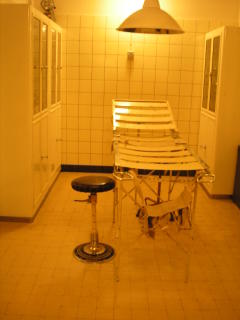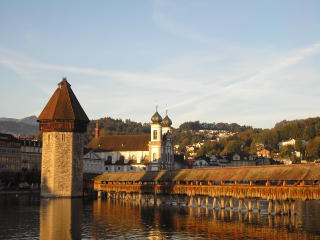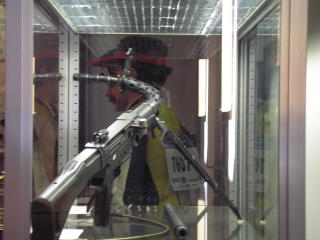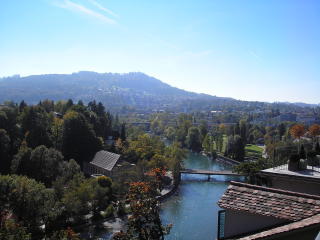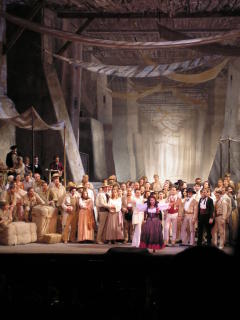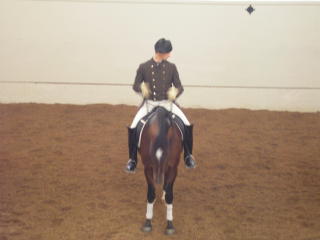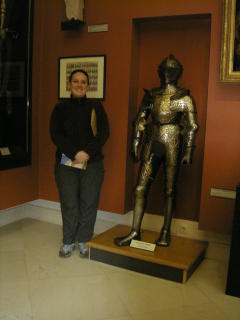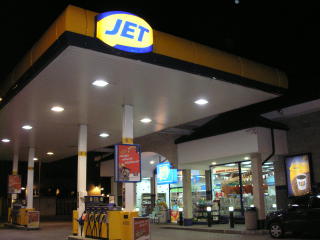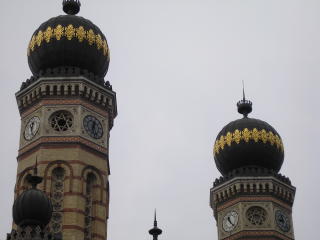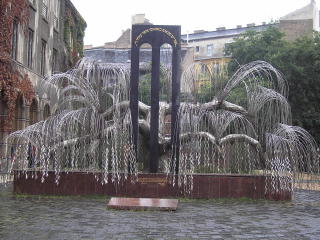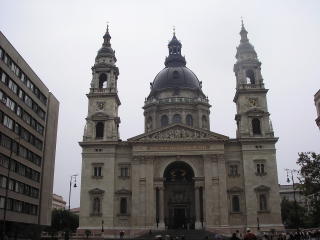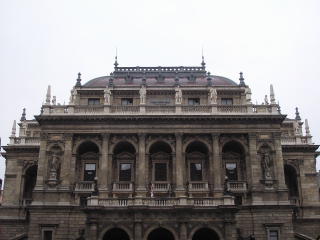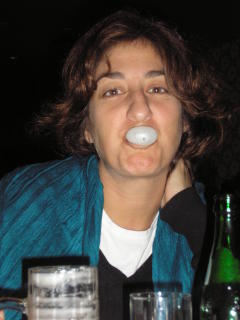Austrian National Day and the 50th Anniversary Celebration
Today is the 50th anniversary of the signing of the Austrian State Treaty. Just to give you some background history, after the end of World War II Austria was occupied by the four major Allied forces – United States, Great Britain, France, and Russia. The whole country was divided into four sections with each of the Allied countries controlling one section. Since Vienna is the capital of Austria, it was also divided into four different sections for the countries to control.
Austria was finally granted its freedom as an independent sovereign state when the State Treaty was signed at the Belvedere Palace on May 15, 1955. However, it still took some time for the foreign troops to withdraw from the country. On October 25, 1955, the last foreign troops left Austria. So, October 26 was the first day without occupation by foreign troops, and it was declared “Austrian National Day.” This was also the day that the Austrian Parliament passed the Neutrality Law, declaring that Austria would always remain a neutral country in international affairs. Even though neutrality was a clause of the State Treaty, the Parliament passed the law on October 26 as a symbolic measure to show that no other country was influencing their decision.So now we come to the 50th anniversary of this great occasion. Since all of the federal museums have free admission for this holiday, I decided to take advantage of the opportunity. In the morning, I went to the Heeresgeschichtliches Museum, which is the Military History Museum. It is actually located in the Arsenal in Vienna (which is a huge complex housing the museum and many other military departments). I wanted to go here because my uncle Jimmy told me that the car that Archduke Franz Ferdinand was assassinated in (which started WWI) was in a museum in Vienna. I did a little bit of research and found out that it was in the Military History Museum, so that’s how I ended up there on the morning of Austrian National Day.
I enjoyed visiting the museum a lot. There were so many displays with different types of weapons and armor, and the history dated back to the early reign of the Habsburgs. Some of the most interesting exhibits included a French military surveillance hot air balloon from the 1800s and a display on the Austro-Hungarian navy (which no longer exists because Austria became a land-locked country following the loss of most of its territory at the end of WWI). I was able to see the car that the Archduke and his wife were assassinated in, as well as the uniform he was wearing when he died and the chaisse lounge that he died on.
 My choice to visit the Military History Museum on the 50th anniversary of Austrian National Day was very appropriate because it was also the 50th anniversary of the Austrian Army. In the afternoon, there was a huge parade at the Ring in the middle of the city (the Ring is the 3 mile road that circles the historic center of Vienna). I was able to be on the front row in the crowd, so I had a great view of the entire parade. It lasted two hours and I was amazed to see all of the military equipment and troops that participated. According to a press release by the city, it was “a military parade of arms and armor around Vienna’s Ringstrasse…Four thousand soldiers, 195 tanks, 100 aircraft and 100 horses and dogs will form a convoy 7.5 km long (~4.7 miles), accompanied by military bands, guards, and standard bearers from all the nations of the European Union.”
My choice to visit the Military History Museum on the 50th anniversary of Austrian National Day was very appropriate because it was also the 50th anniversary of the Austrian Army. In the afternoon, there was a huge parade at the Ring in the middle of the city (the Ring is the 3 mile road that circles the historic center of Vienna). I was able to be on the front row in the crowd, so I had a great view of the entire parade. It lasted two hours and I was amazed to see all of the military equipment and troops that participated. According to a press release by the city, it was “a military parade of arms and armor around Vienna’s Ringstrasse…Four thousand soldiers, 195 tanks, 100 aircraft and 100 horses and dogs will form a convoy 7.5 km long (~4.7 miles), accompanied by military bands, guards, and standard bearers from all the nations of the European Union.”
 The entire parade was phenomenal! Although I am not an Austrian citizen, I felt proud to be able to witness this historic event. There were so many different things to see in the parade that I don’t know if I can remember all of them. First, squadrons of helicopters, fighter jets, and cargo planes flew over the center of the city. It was amazing because they just kept coming, and it seemed like they would never stop. After that, the parade began around the city. I think the Army brought every piece of equipment that they owned to this parade because it seemed like it would never end. They had everything from heavy tanks to Bradley armored vehicles, construction equipment to ambulances, jeeps with machine guns to fire trucks. In addition, every unit from the Army was represented – firemen, K-9 units, cavalry, packhorses, divers, hazardous materials handlers, troops outfitted for service in desert, mountain, and snowy climates, military police, medical units, honor guard, and many others that I can’t remember. The parade also featured United Nations peacekeeping forces and equipment, which is very appropriate since Vienna is the 3rd headquarters of the United Nations.
The entire parade was phenomenal! Although I am not an Austrian citizen, I felt proud to be able to witness this historic event. There were so many different things to see in the parade that I don’t know if I can remember all of them. First, squadrons of helicopters, fighter jets, and cargo planes flew over the center of the city. It was amazing because they just kept coming, and it seemed like they would never stop. After that, the parade began around the city. I think the Army brought every piece of equipment that they owned to this parade because it seemed like it would never end. They had everything from heavy tanks to Bradley armored vehicles, construction equipment to ambulances, jeeps with machine guns to fire trucks. In addition, every unit from the Army was represented – firemen, K-9 units, cavalry, packhorses, divers, hazardous materials handlers, troops outfitted for service in desert, mountain, and snowy climates, military police, medical units, honor guard, and many others that I can’t remember. The parade also featured United Nations peacekeeping forces and equipment, which is very appropriate since Vienna is the 3rd headquarters of the United Nations.
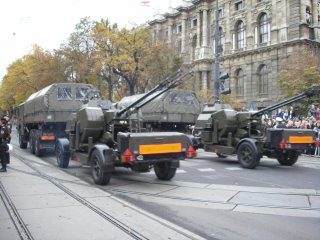 The city had set the entire parade to music and they had speakers set up around the Ring. It was so thrilling to see all of these military machines going by with the instrumental music playing in the background – I kept getting goosebumps! In addition, they had standard bearers from EU nations and several other countries, including the USA. I felt very proud to see representatives from the Marines carrying our flag in the parade.
The city had set the entire parade to music and they had speakers set up around the Ring. It was so thrilling to see all of these military machines going by with the instrumental music playing in the background – I kept getting goosebumps! In addition, they had standard bearers from EU nations and several other countries, including the USA. I felt very proud to see representatives from the Marines carrying our flag in the parade.
 It was such a wonderful experience to be able to participate in this historic event, and I will never forget it. If you would like to see additional pictures of the parade, click on “Andria’s Travel Photos” and look in the folder labeled Austrian National Day.
It was such a wonderful experience to be able to participate in this historic event, and I will never forget it. If you would like to see additional pictures of the parade, click on “Andria’s Travel Photos” and look in the folder labeled Austrian National Day.
~Andria


